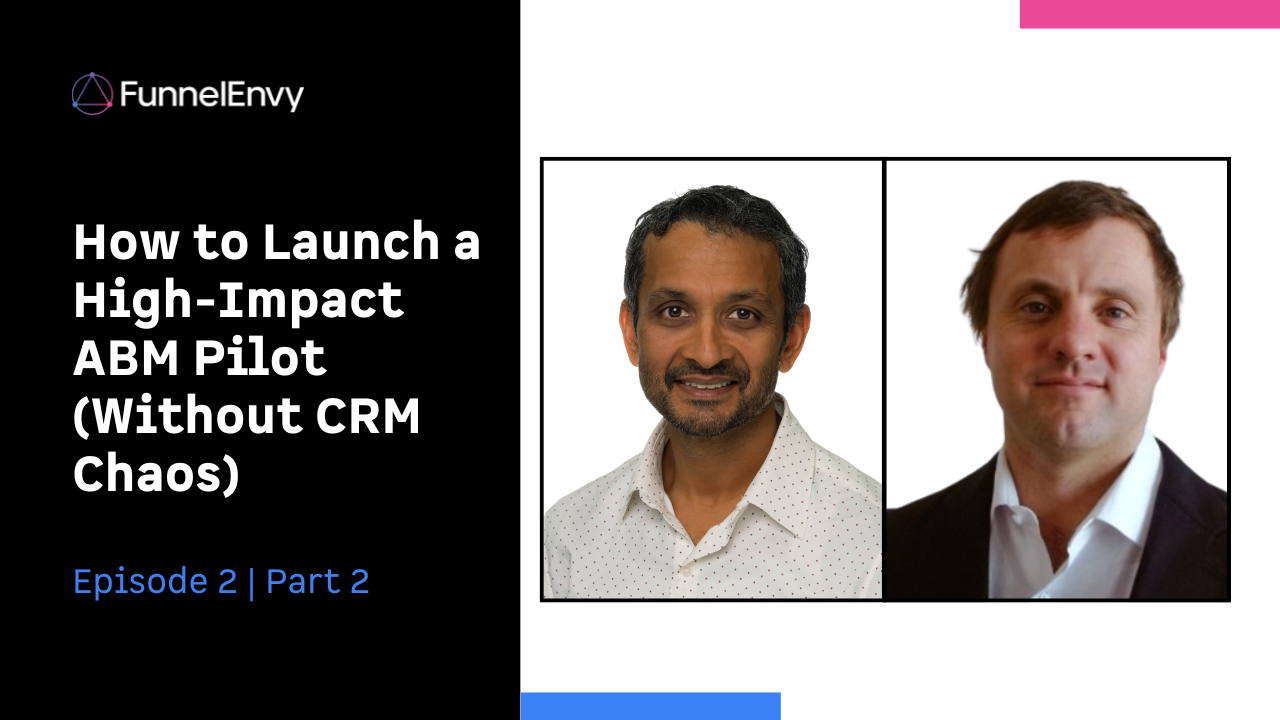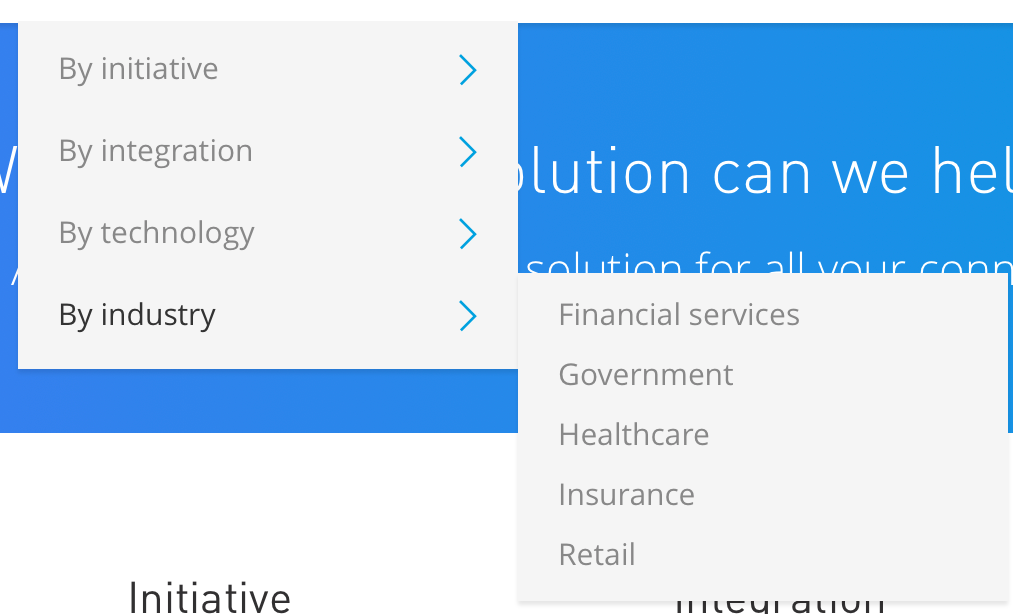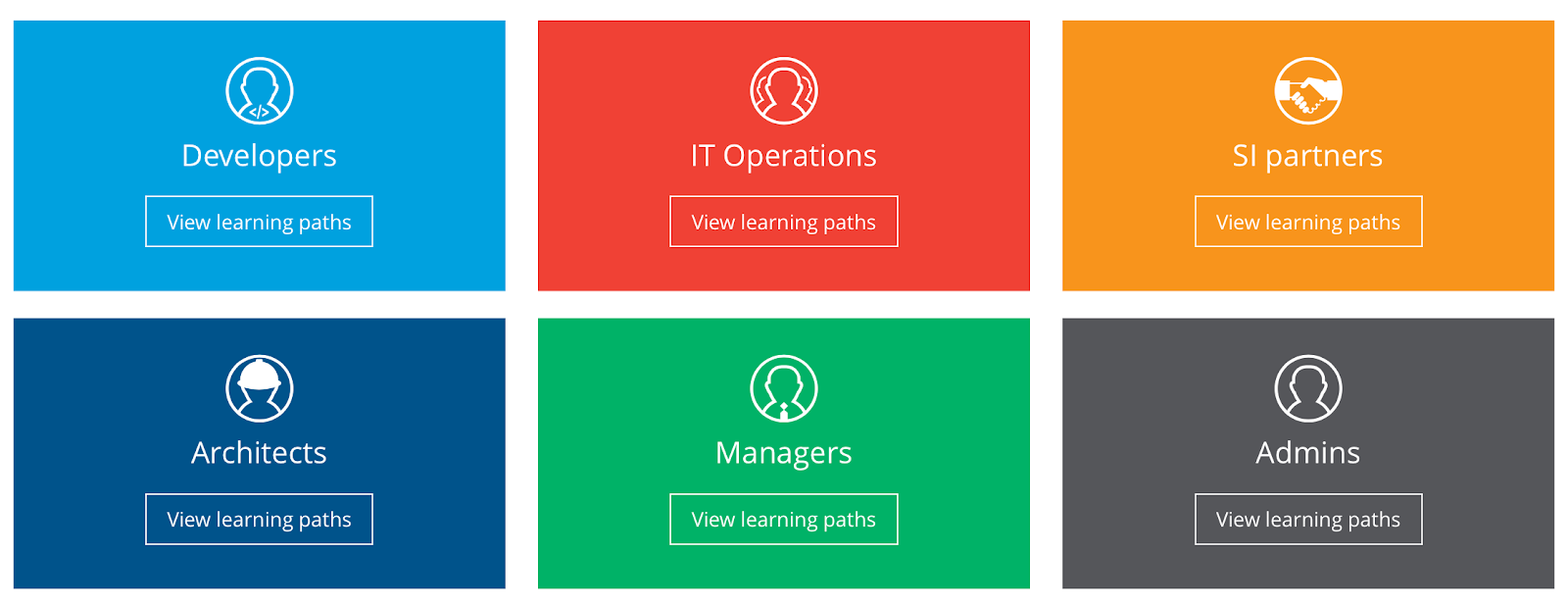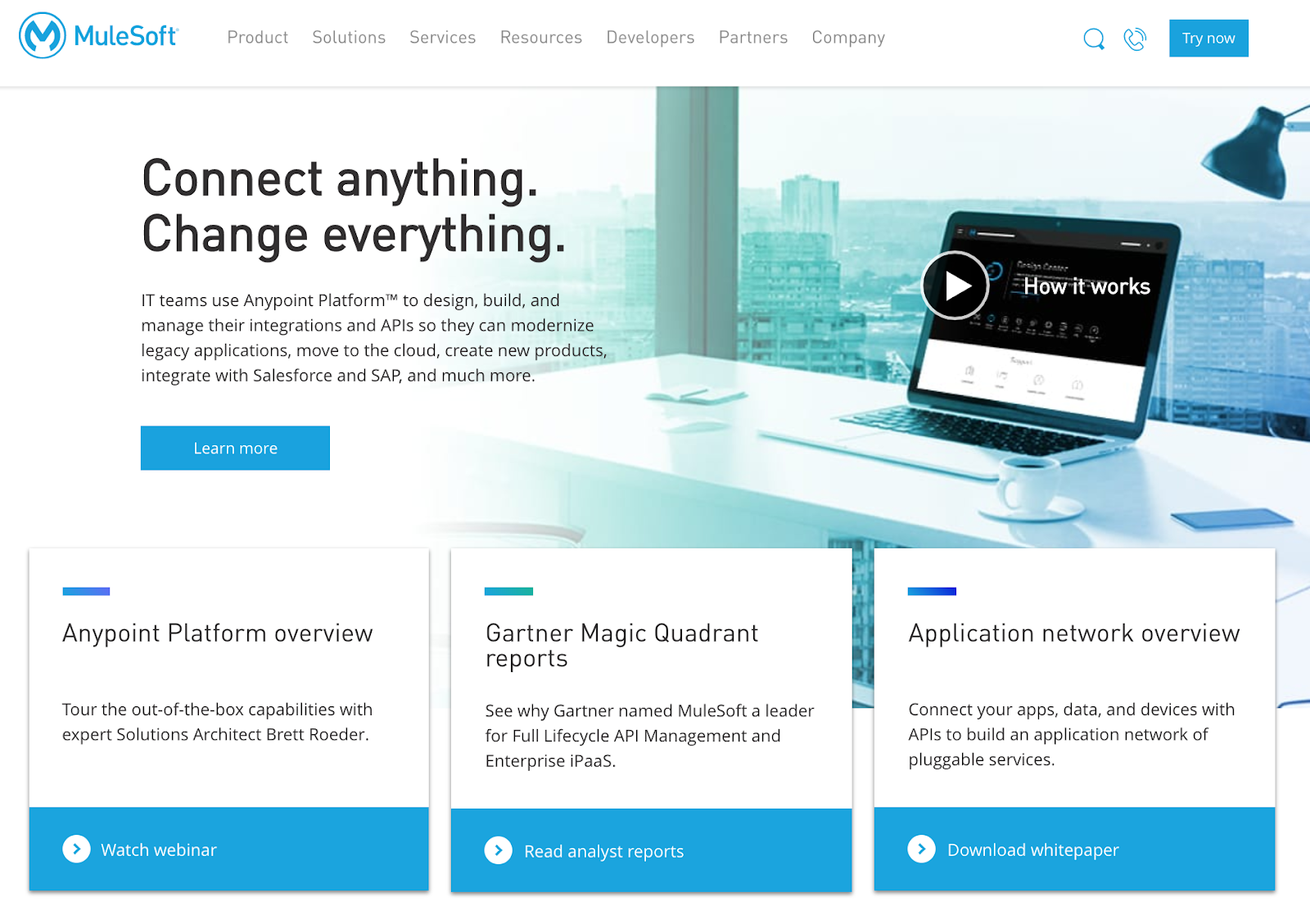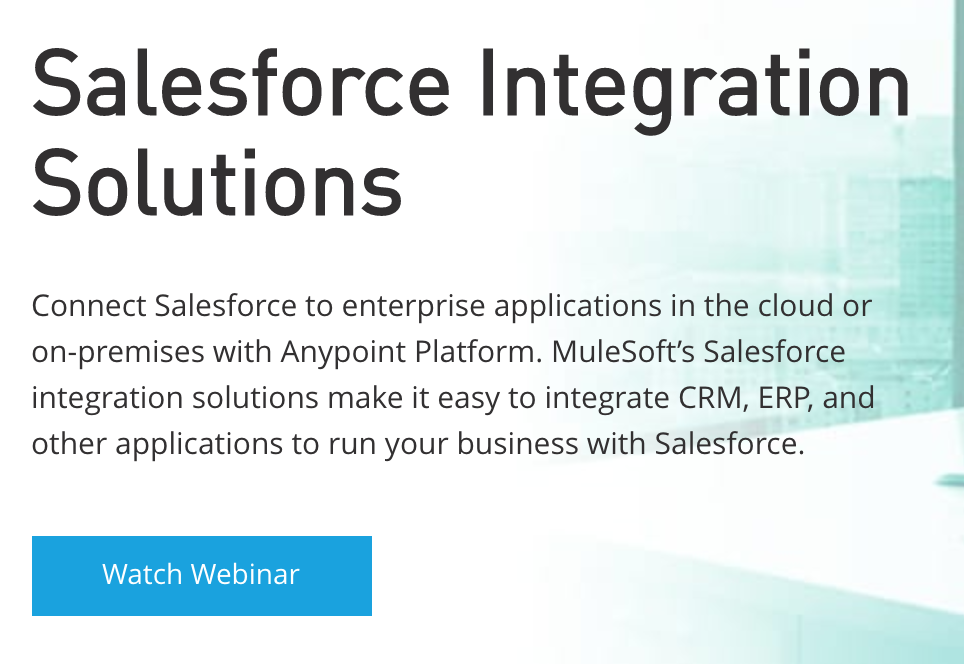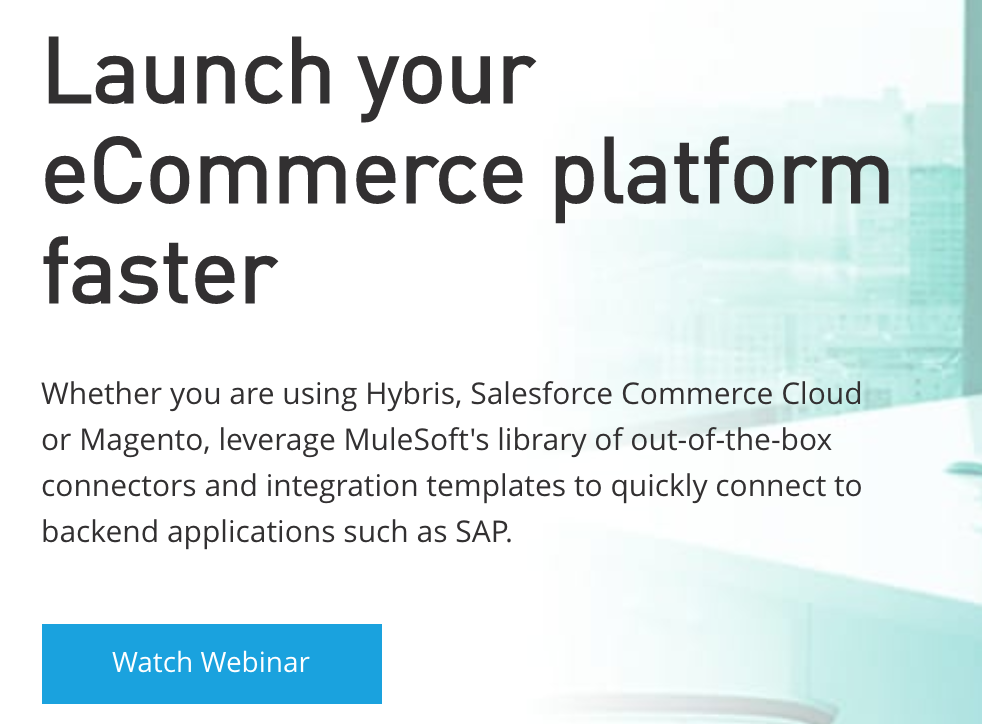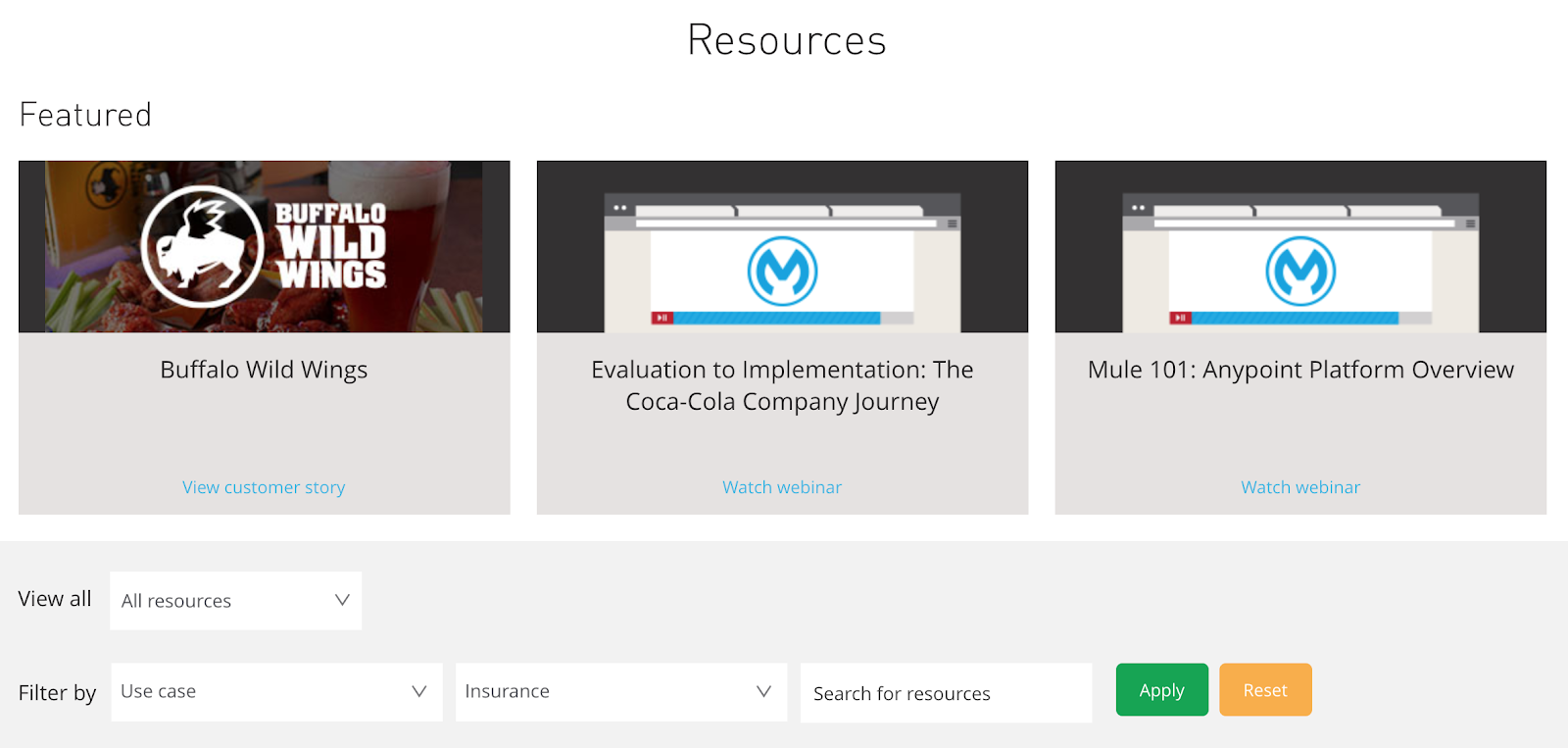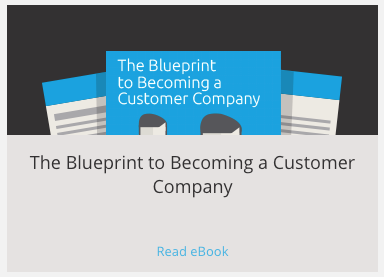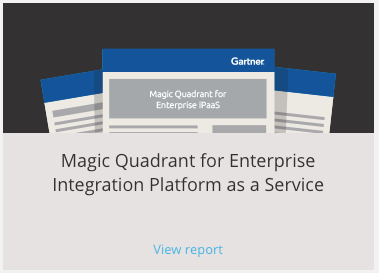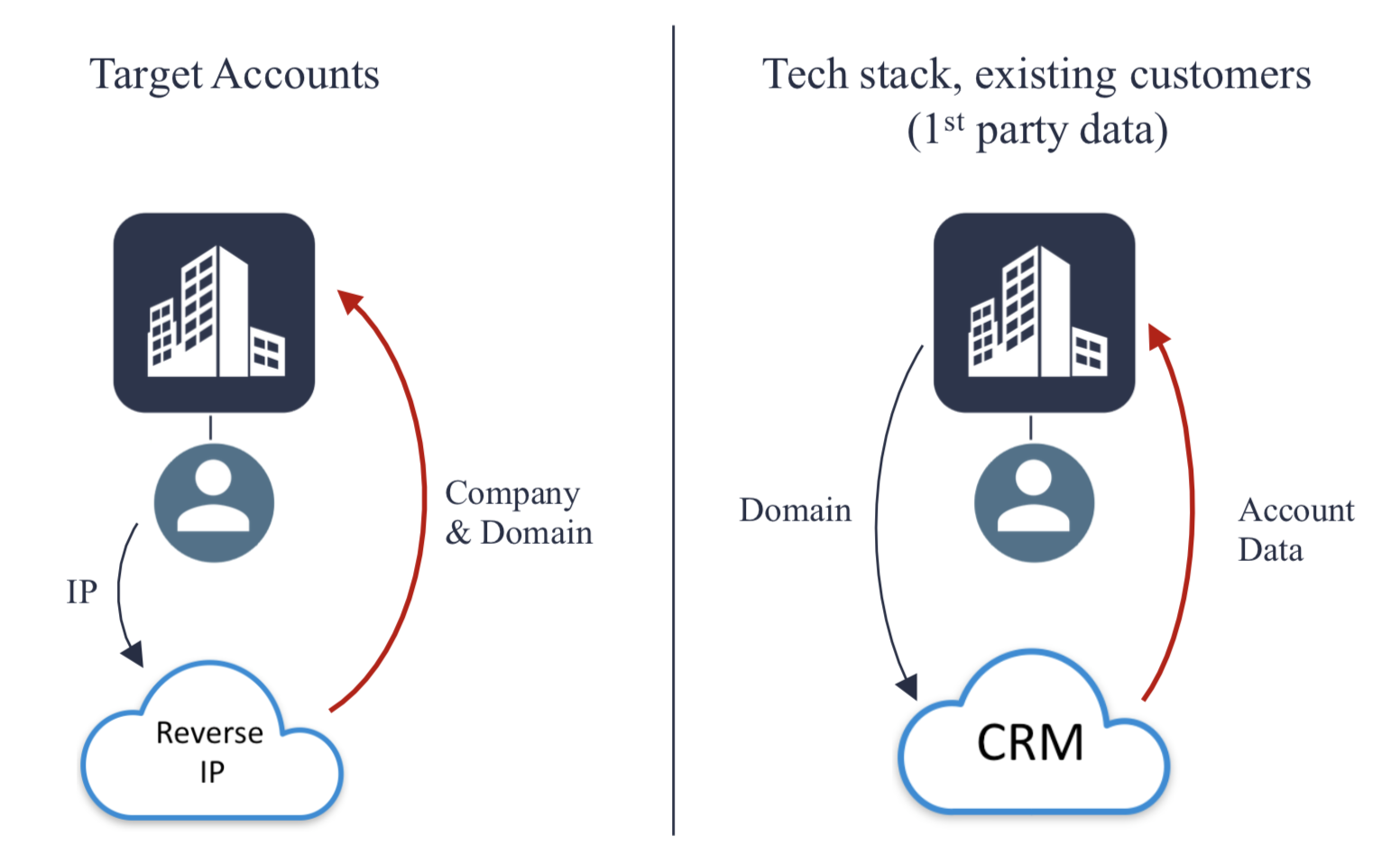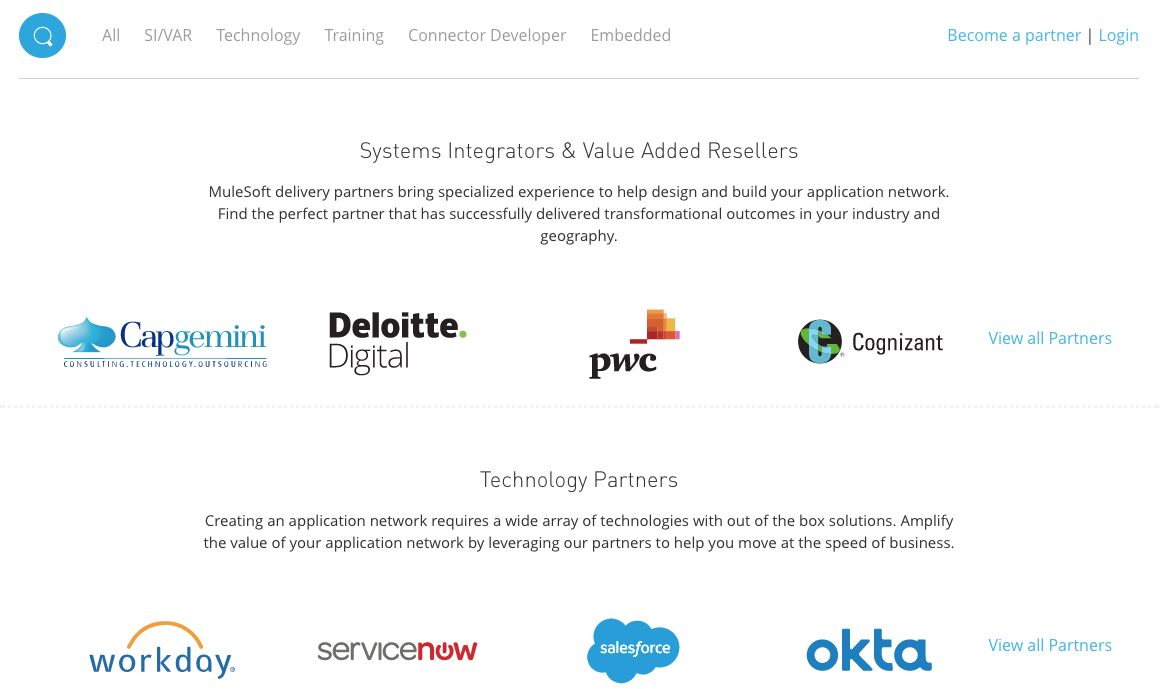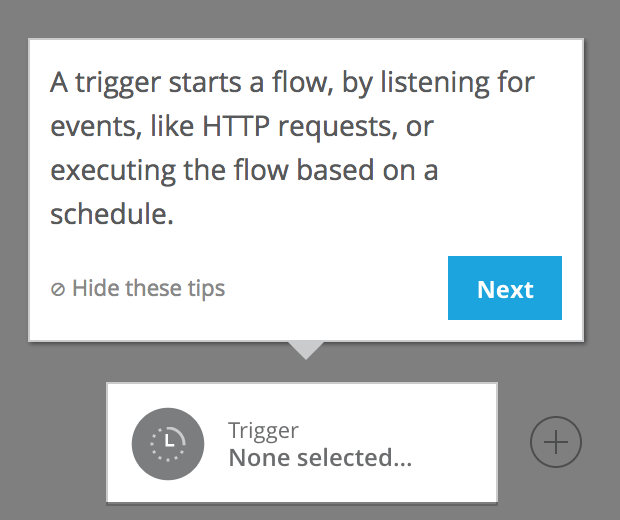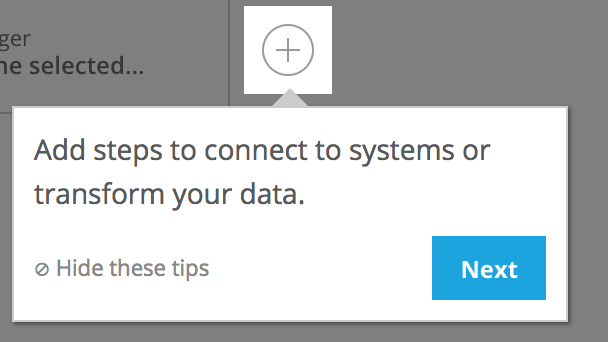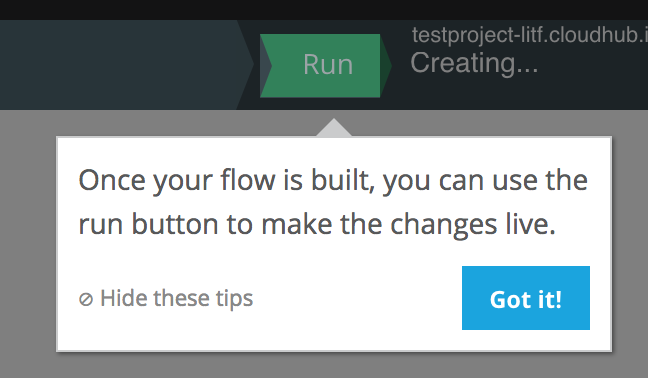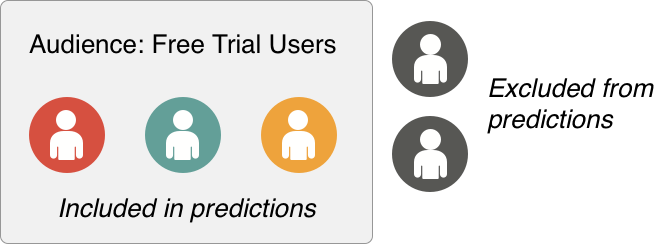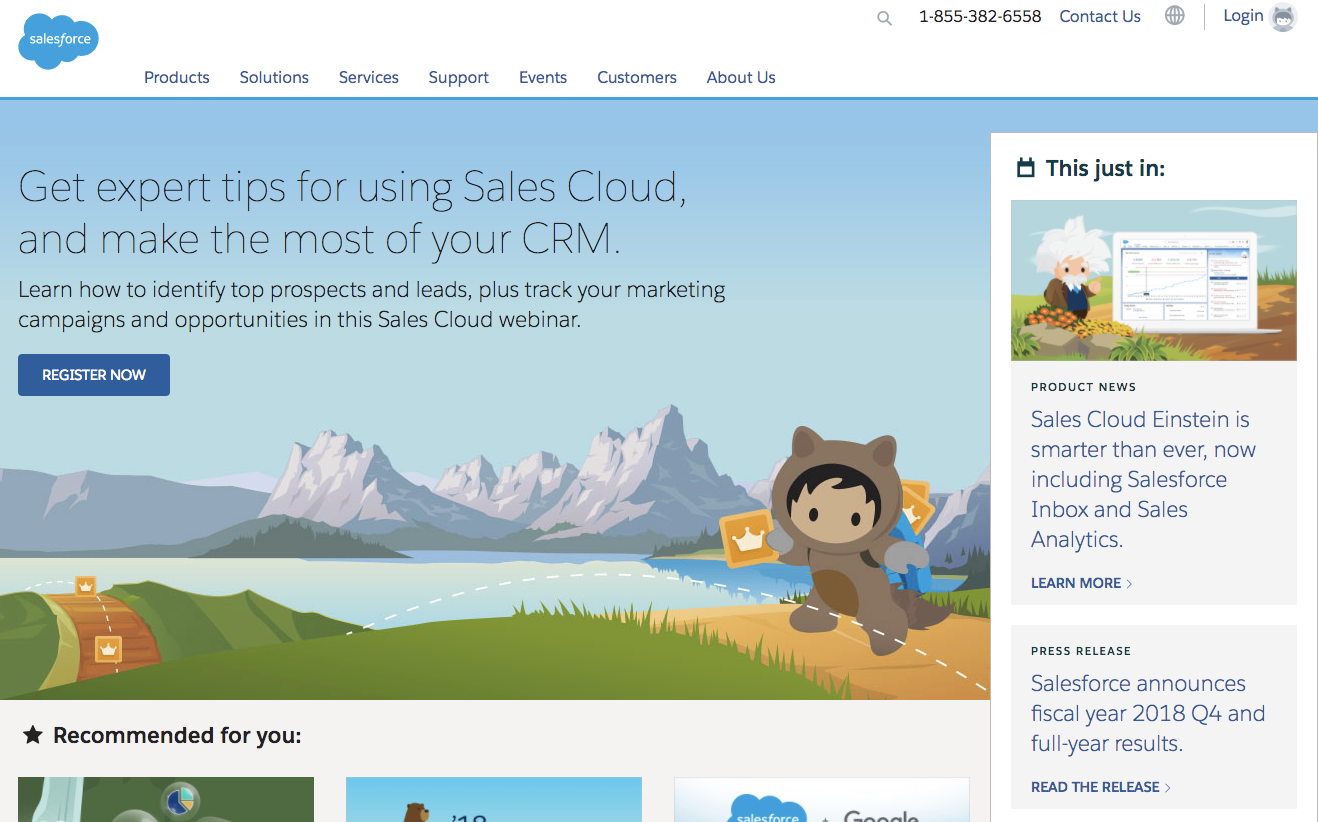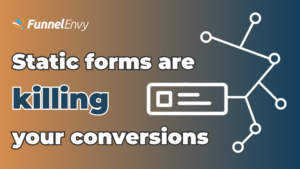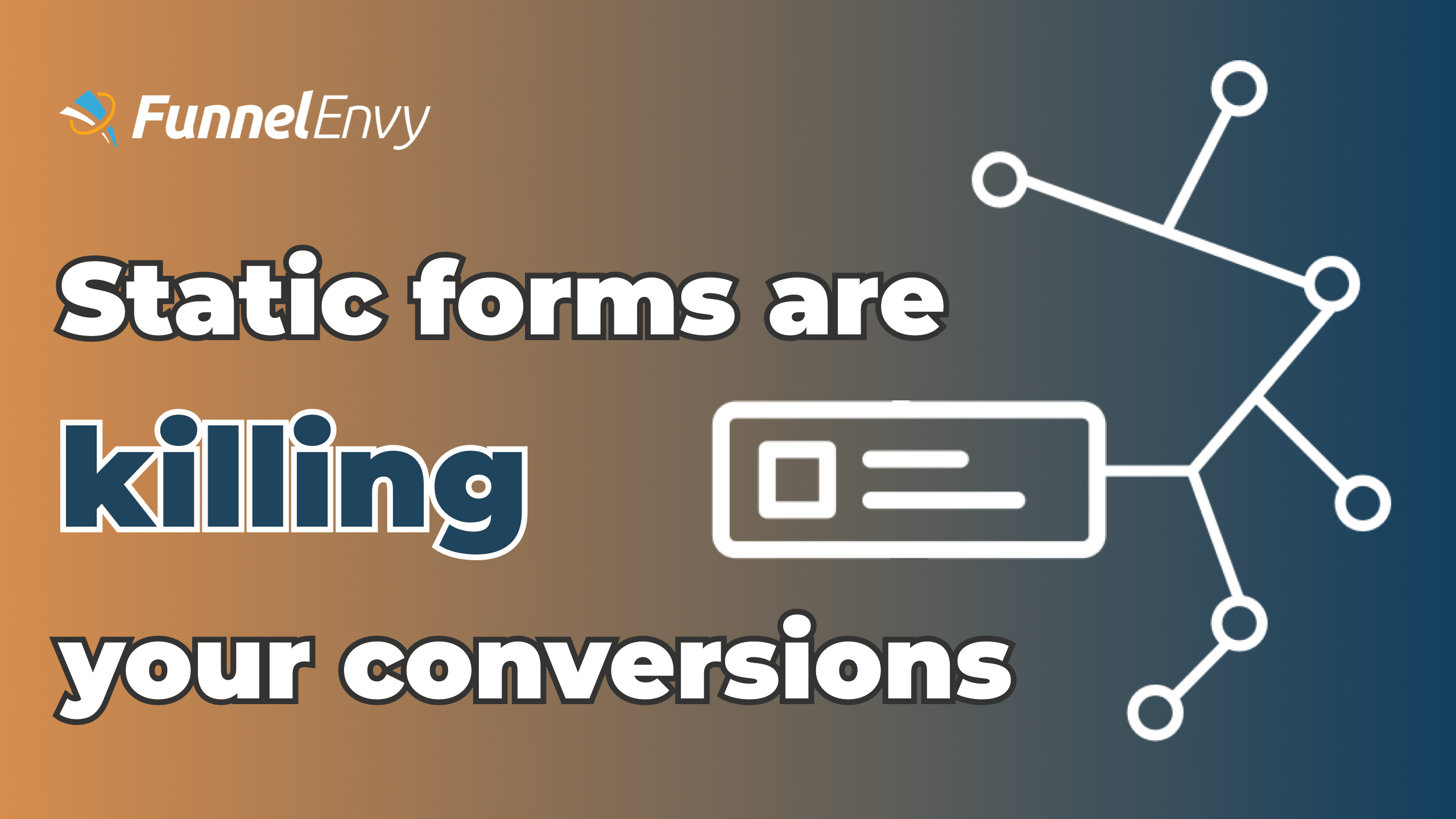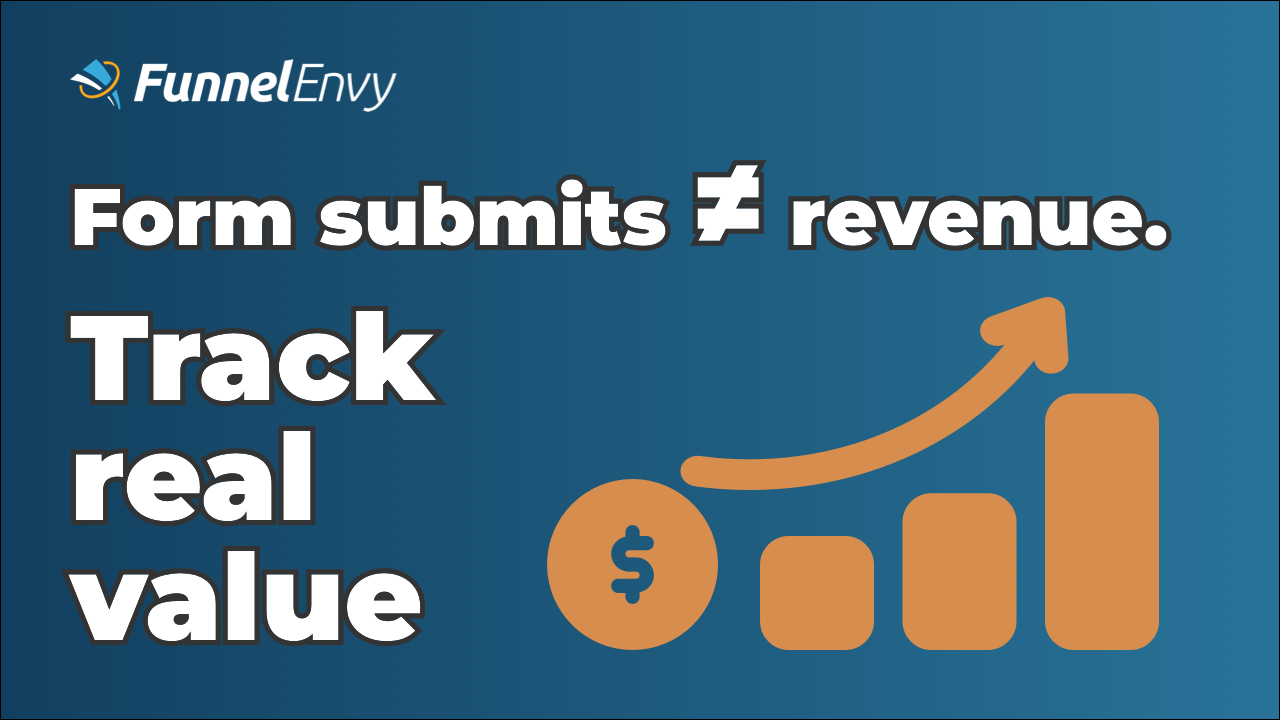How to Scale Account-Based Marketing (ABM) From Pilot to Org-Wide: What Actually Works in the Enterprise
You don’t need more leads. You need better ones.
Enterprise teams—especially in Account-Based Marketing (ABM)—can’t afford to drown in junk form fills, misrouted prospects, and manual lead sorting. Sales time is expensive. And without the right infrastructure, that time gets burned on noise instead of nurturing real opportunities.
Here’s how we helped an enterprise client build a smarter lead qualification experience, drive sales alignment, and set the stage for scalable ABM growth.
Don’t Let Unqualified Leads Into the Funnel
The biggest threat to ABM isn’t your targeting. It’s your qualification strategy—or lack thereof.
In this client’s case, a tidal wave of low-quality leads was flooding the inbound funnel. Sales had to manually vet each submission post-form—burning precious hours on leads that weren’t even in the right state or company size.
So we changed the game at the front door:
- Built multi-step forms that embedded qualification questions
- Used conditional logic to sort leads by tier
- Redirected unqualified traffic to content, not the sales team
- Implemented Reform custom forms to design high-conversion, logic-driven forms that match ABM tiers and audience segments without needing dev cycles
“There are different levels of an unqualified lead—and you need paths for all of them. Some might influence others. Some should just self-nurture. But none should clog your BDR queue.”
Fast-Track Qualified Buyers While You Have Their Attention
If a lead hits your form with the right intent and fit, don’t wait to follow up. Route them directly to a calendar booking experience with their assigned rep. The best time to book a call is while they’re still on the page—not three nurture emails later.
For this client, that meant:
- Using progressive profiling to dynamically adapt form fields based on known user data
- Connecting qualified leads to real-time scheduling links
- Routing form data through an integrated stack—using Reform for real-time segmentation and pushing enriched data into CRM workflows.
Qualification Is Routing. But It’s Also Strategy.
Here’s what most teams miss: ABM isn’t just about who you target—it’s about what you do with the people who don’t fit.
We built three paths:
- Disqualified → Send to relevant content and exit the funnel
- Influencers → Enroll in a nurture sequence (word-of-mouth matters in B2B)
- Qualified buyers → Book directly with sales
That’s how you create a frictionless, intelligent funnel—one that gets smarter over time.
Want to See How the Full Strategy Works?
This is just one part of a larger conversation.
Watch Part 2 of Episode 2 with Arun & David
Get Conversion-Optimized Custom Forms
